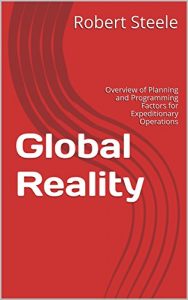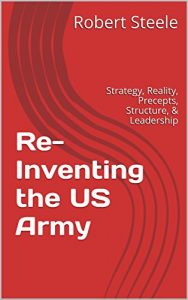
Don Vandergriff's experiences, research and interaction with fellow military professionals suggest that a cultural revolution within the U.S. military is essential if the nation is to successfully adapt and prevail in the emerging 4th Generation Warfare (4GW) or asymmetric warfare threat environment. An Army cultural revolution has three parts:
1. Strategic leaders must change a counterproductive array of long-established beliefs including many laws, regulations and policies, which are based on out-of-date assumptions.
2. Military leaders must drive and sustain a military cultural evolution through effective education and training of the next generation(s) of leaders in a system that is flexible enough to evolve alongside emerging changes in, and lessons from, war, society and technology.







